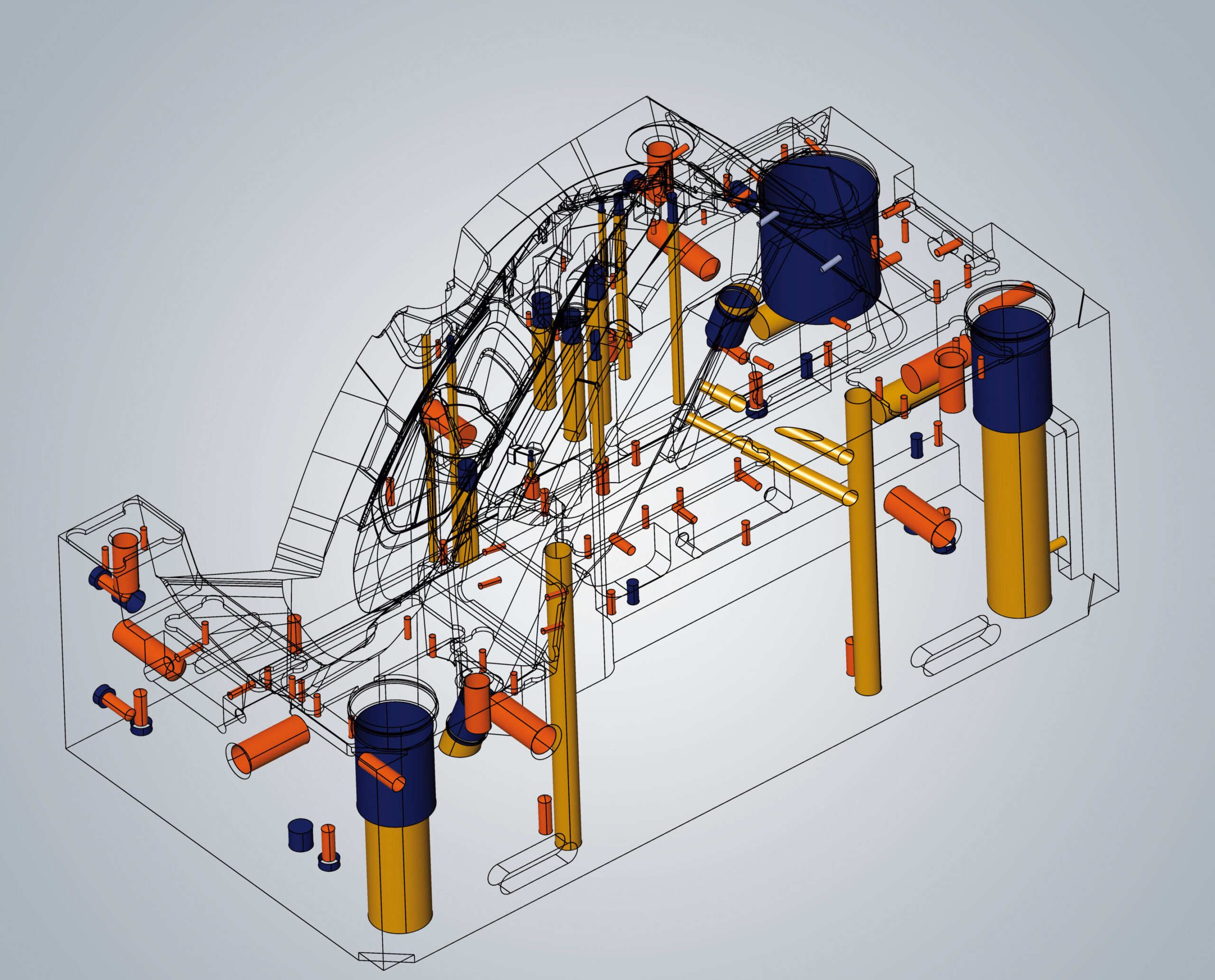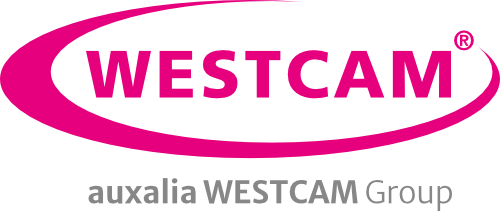Competence: CAM Automatisierung
-

Automation Center Advanced
Optimization of the entire workflow from CAD import to NC code output. Apply automation for future projects.
-

CAM automation
Making CAM processes fit for the future: Optimizing CNC programming with powerful tools for automation.
-
Tool database basics
Learning content A well-structured and comprehensive tool database is the basis for efficient work with hyperMILL and, of course, the basis for successful automation with hyperMILL. This course is important for all hyperMILL customers, as it enables initial standardization in programming to be achieved. Our aim is to tailor the automation program optimally to your…
-
Automated programming (AC Basic) | Advanced
Learning content In this course you will learn how to automate various work steps in hyperMILL and thus significantly reduce the programming effort, e.g. automated programming of repetitive geometries (pockets, holes, etc.). Course content Training dates Gladly there for you Training overview
-
Automation Basics | Basic
Learning content The basics of automation focus on the complete automation of components such as drill holes and pockets. In this training course, we will show you how to standardize and automate programming processes using hyperMILL feature and macro technology. Part of this training is the creation and structuring of a macro database. Feature and…
-
Automation with user-defined features | Advanced
Learning content A Customized Process Feature (CPF) is used when standard features for holes or pockets are no longer sufficient. CPFs can also be used to define company-specific standards for related geometries. This further automates the programming process. Proven workflows are saved as technology macros and can be reused for similar machining tasks. Course content:…
-
hyperMILL Virtual Tool (automatic tool search) | Advanced
Learning content The VIRTUAL Tool can not only determine the optimum tools based on various machining parameters, but also adapt the machining processes. For example, it decides whether thread forming, tapping or thread milling makes the most sense for the material in question. Machining processes are controlled by user-defined rules and automatically adapted to the…
